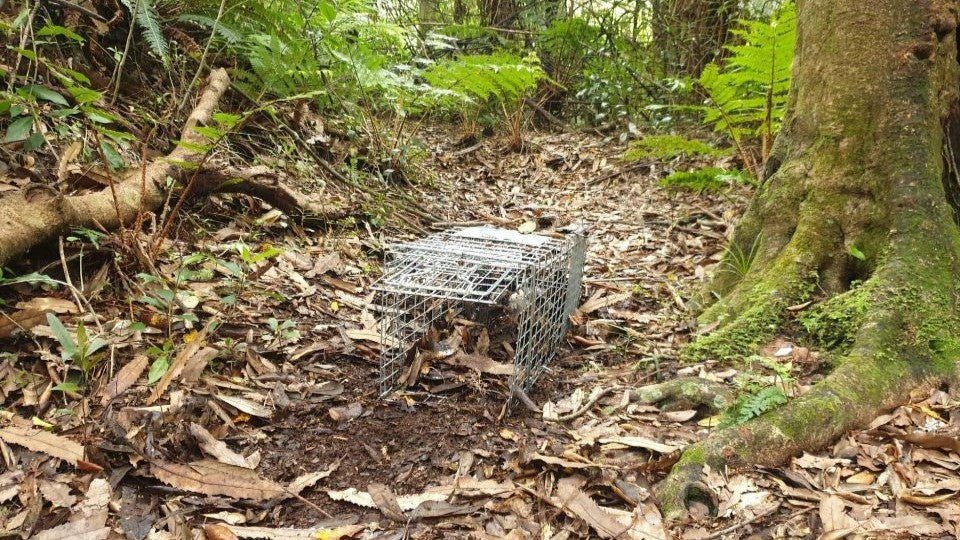Every day, bird and wildlife strikes happen somewhere in the world. They may seem rare, but for pilots, engineers, and airfield managers, they’re a constant operational and safety concern.
The numbers
1️⃣ Most Bird Strikes Happen on or Near Airports
Around 90% of all wildlife strikes occur at or close to airports. These incidents typically happen during take-off and landing, when aircraft are flying at lower altitudes and have less ability to maneuver.
2️⃣ Half Occur Below 50 Feet
Roughly 50–60% of bird strikes occur below 50 feet, and another 30% between 50–500 feet. This low altitude zone is where wildlife management is most critical.
3️⃣ The Global Impact Is Measured in Billions
Since 1912, wildlife strikes have caused over 1,000 fatalities and destroyed more than 750 aircraft. Every year, they result in billions of dollars in repair costs, delays, and operational losses across the aviation industry.
4️⃣ Modern Aircraft Are More Vulnerable
Today’s aircraft are quieter and faster, meaning birds have less warning time and the force of impact is higher.
5️⃣ Air Traffic Growth Is Raising the Stakes
As flight movements continue to rise, exposure to wildlife hazards increases.
Smarter Wildlife Management for Safer Airfields
Effective bird control is not optional, it’s a core part of airport safety and operational efficiency.
The right mix of deterrent technology, habitat management, and monitoring can dramatically reduce strike risks.
That’s where smarter deterrent technology makes the difference.



